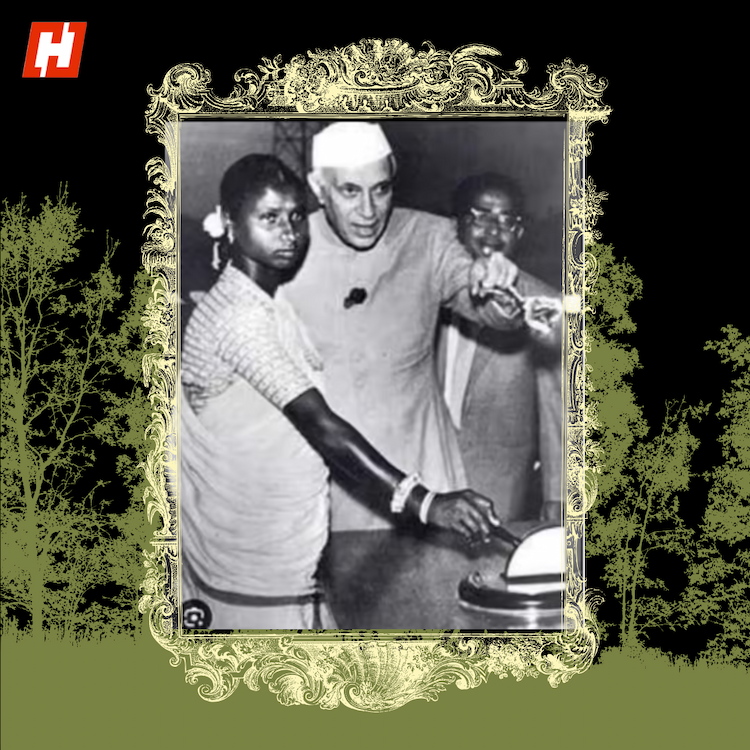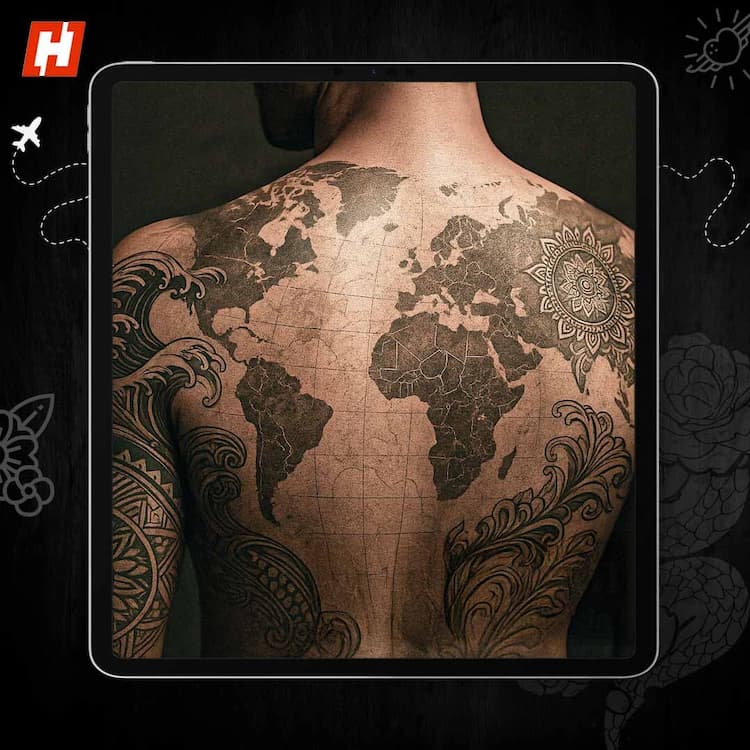The general who inspired sideburns
Deep in America’s Southern Illinois lies the almost-forgotten town of New Burnside, home to just 250 residents. But behind its quiet present is a rich past—tied to the American Civil War, colonial Bombay, and an iconic men’s grooming trend.
New Burnside owes its name to Civil War veteran General Ambrose Burnside, who played a key role in the town’s founding and rail development. However, Burnside’s legacy has little to do with railroads—or war.
Burnside delivered early Union (US) victories during the Civil War. President Abraham Lincoln turned to him after firing General McClellan. But the role proved too heavy—two major defeats followed. Yet, history would remember Burnside for something far more peculiar - his facial hair.
General Burnside’s bold look was unmistakable. His style—whiskers running from ear to mustache with a clean-shaven chin—stood out in the mid-19th century when American men were embracing beards, mutton chops, and mustaches like never before.
Interestingly, facial hair wasn’t always welcome in the military. In fact, beards were once banned in the US Army, with soldiers required to shave three times a week. But by the 1850s, everything changed—thanks in large part to a trend that emerged in British-ruled India.
In colonial India, mustaches symbolized virility. British soldiers, clean-shaven by regulation, were mocked. The response? The Bombay Army made mustaches mandatory in 1854. The Empire had met its match—in style.
The Crimean War helped further cement facial hair as a symbol of courage and masculinity. Inspired by their battlefield heroes, British men adopted these styles, and the trend soon swept across Europe. US Military men on both sides of the American Civil War embraced facial hair with pride and gusto, including General Burnside.
And yes—the word ‘sideburn’ is no accident. General Ambrose Burnside may not have won many battles, but he reshaped men’s grooming forever. The term ‘sideburn’ was literally derived by flipping his name. Today, that clever wordplay lives on—etched into faces across the world.
(*This article has been curated by Hook. All claims and opinions expressed belong to the original author. Hook does not verify or endorse the information presented and is not responsible for its accuracy.*)






